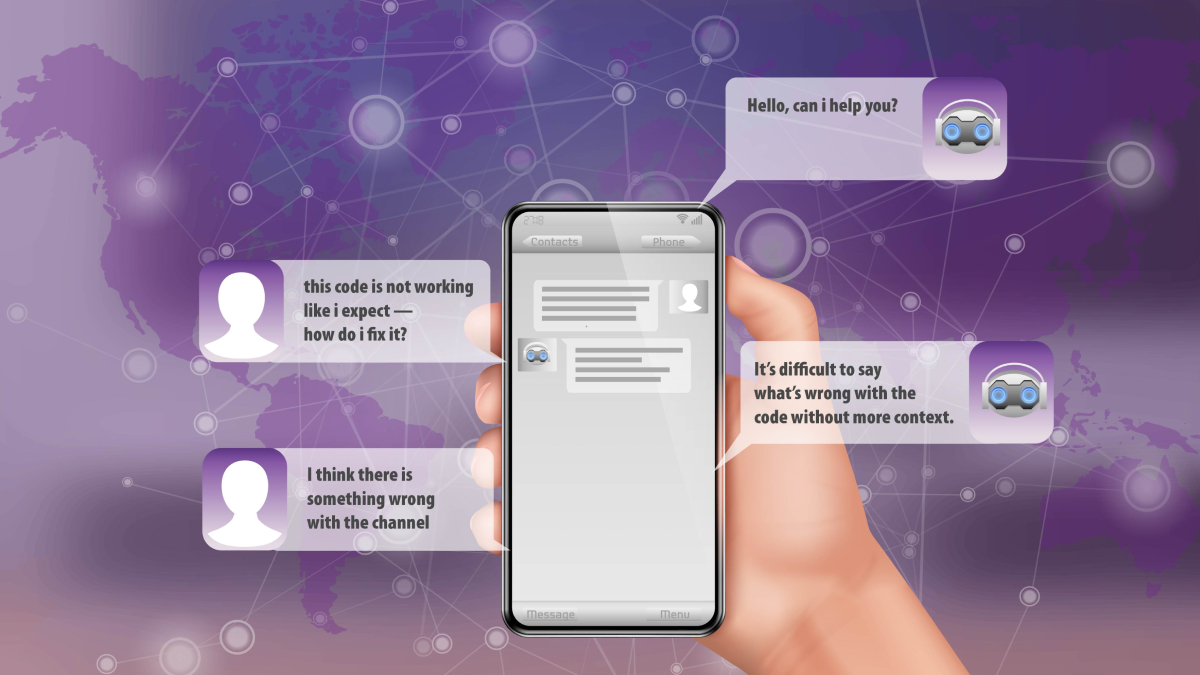The New AI Chatbot Everybody’s Talking About
There’s a new AI chatbot on the market, and it certainly has caught the attention of millions of users. It’s called ChatGPT, and it managed to acquire 1 million users a week after it was first launched. In this article, we will take a closer look at ChatGPT to understand its capabilities as well as the data annotation necessary to create next-gen chatbots.
What is ChatGPT?
ChatGPT is the latest power player in the AI market. What makes it so impressive is that it lets you type questions using natural language that the chatbot answers in a conversational manner. The bot remembers the thread of your dialog, using previous questions and answers to inform its next responses. The tool seems pretty knowledgeable, if not omniscient — it can be creative, and its answers can sound downright authoritative. ChatGPT’s expertise is broad, and its ability to follow a conversation is impressive, which can make it a great asset for many companies.
How Can Companies Use ChatGPT?
Companies across industries are already using AI chatbots to help take some of the pressure off their support teams. However, even the most advanced chatbots are limited in the responses they can provide, so often, they are not able to answer multi-part questions or questions that require decisions. This often means your customers are left without a solution and have to go through more steps to contact your support team. What’s great about ChatGPT is that when it gives a user an answer, it allows them to ask follow up questions and even admits its mistakes and rejects inappropriate requests.
In addition to chatbot capabilities, ChatGPT can also write complex Python code and even write texts on a level of a college student. This means that companies can implement ChatGPT to help their development teams solve complex coding issues and can also help their marketing teams write content.

What are the Limitations of ChatGPT?
One of the limitations of ChatGPT is that it was trained on data that existed around 2021, so it won’t have the latest information if you ask it about something recent. For example, if you wanted to get information about COVID for this year, it would not be able to give you the needed information. In action to this, there are also issues with answers to questions that require highly specialized answers. For example, a Twitter user asked it to parse the differences between various types of architecture for computer memory, and it spun out a sophisticated explanation that was incorrect.
Even with these limitations, ChatGPT is an improvement over existing AI chatbot technology, and some of the existing issues will be resolved as the technology evolves and more training data and annotation is done.
How Was ChatGPT Trained?
ChatGPT was trained through a large database of information from the Internet. This includes all kinds of user-generated data, such as chats, social media posts, memes, and many other things. Having said this, if a company would like to use ChatGPT for its specific purposes, it would need to obtain training data that is specific to its area. For example, an insurance company would need to use chats between their agent and customers.
This type of training data can be very difficult to find, which is why some companies choose to generate their data. Mindy Support has experience helping clients generate the training data they need. We helped one of our clients generate customer dialogues that can be used in a variety of industries, including insurance, banking, logistics, e-commerce, and general customer support. In total, we created more than 20,000 dialogues on 120 different inquiry topics across five industries. You can read more about the work we did in our case study.
If we look at the data annotation aspect, several methods will be required to prepare the training dataset. For example, data annotators will need to perform text classifications, which is the process of assigning tags to various parts of the text to organize, structure, and categorize the data. Entity annotation will also be necessary, which involves locating, extracting, and tagging entities in the text.
Trust Mindy Support With All of Your Data Needs
Mindy Support is a global company for data annotation and business process outsourcing, trusted by Fortune 500 and GAFAM companies, as well as innovative startups. With nine years of experience under our belt and offices and representatives in Cyprus, Poland, Romania, The Netherlands, India, UAE, and Ukraine, Mindy Support’s team now stands strong with 2000+ professionals helping companies with their most advanced data annotation challenges.





